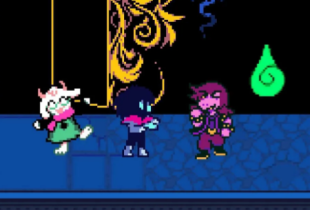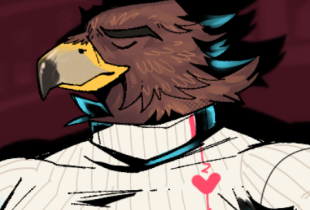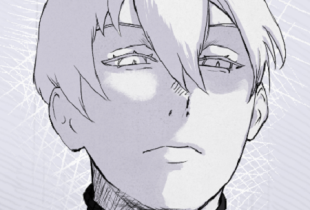Game description:
Slay The Princess is a narrative-driven interactive story where the player must decide how to act when confronted with a single task: to find and kill the princess. The game begins with minimal context, providing only the instruction and the path forward. As the player proceeds, dialogue choices and internal narration shape the events. Each decision alters the progression, leading to distinct branches and outcomes. The structure relies on player interpretation rather than combat mechanics, creating tension through logic and consequence.
Gameplay and Structure
The gameplay in Slay The Princess is presented through static scenes and branching dialogue options. The player reads text, listens to narration, and selects responses that define intent. Each choice may lead to cooperation, resistance, or hesitation, with outcomes that reflect those behaviors. The central loop revolves around decision-making and observation rather than physical challenge. The main components of interaction include:
· Reading narrated scenes that describe events and internal thoughts.
· Selecting dialogue options that affect the tone and direction of the story.
· Revisiting earlier choices to explore alternative branches.
· Unlocking new dialogue variations after multiple playthroughs.
This system turns every replay into a process of comparison and deduction.
Narrative Logic
The narrative structure of Slay The Princess is cyclical. Each run begins similarly but diverges based on player action. The text and voice lines adapt dynamically, reacting to earlier paths taken. The story explores perception, control, and repetition without breaking its central rule: the player always faces the same situation but never experiences it in the same way twice. The writing remains consistent with logical progression, allowing each branch to connect through recurring phrases and mirrored outcomes.
Progression and Replay
Progress in Slay The Princess is measured through discovered paths rather than scores or achievements. Every ending adds new information to the player’s understanding of the setting and the narrator’s intent. As more routes are unlocked, the context shifts, changing how earlier dialogue is interpreted. The game encourages replay by revealing additional variables over time. Each repeated playthrough serves both as continuation and revision of the story’s internal logic, making analysis part of the experience.
Slay The Princess uses structure and dialogue to replace traditional gameplay systems. It transforms a single premise into multiple logical outcomes shaped entirely by choice. The player’s understanding evolves through repetition, reflection, and observation. By limiting control to reading and decision-making, the game demonstrates how interaction can depend on thought rather than action. Each conclusion provides a different version of the same question, forming a closed but expanding narrative system.
























































































































































Comments